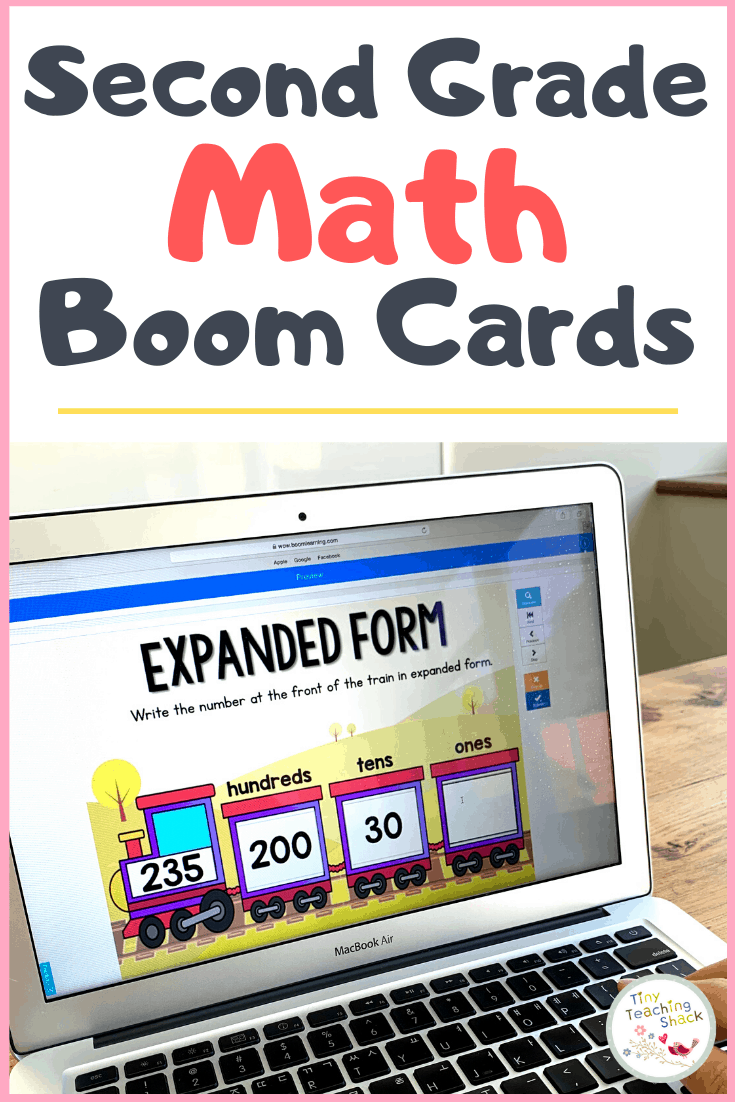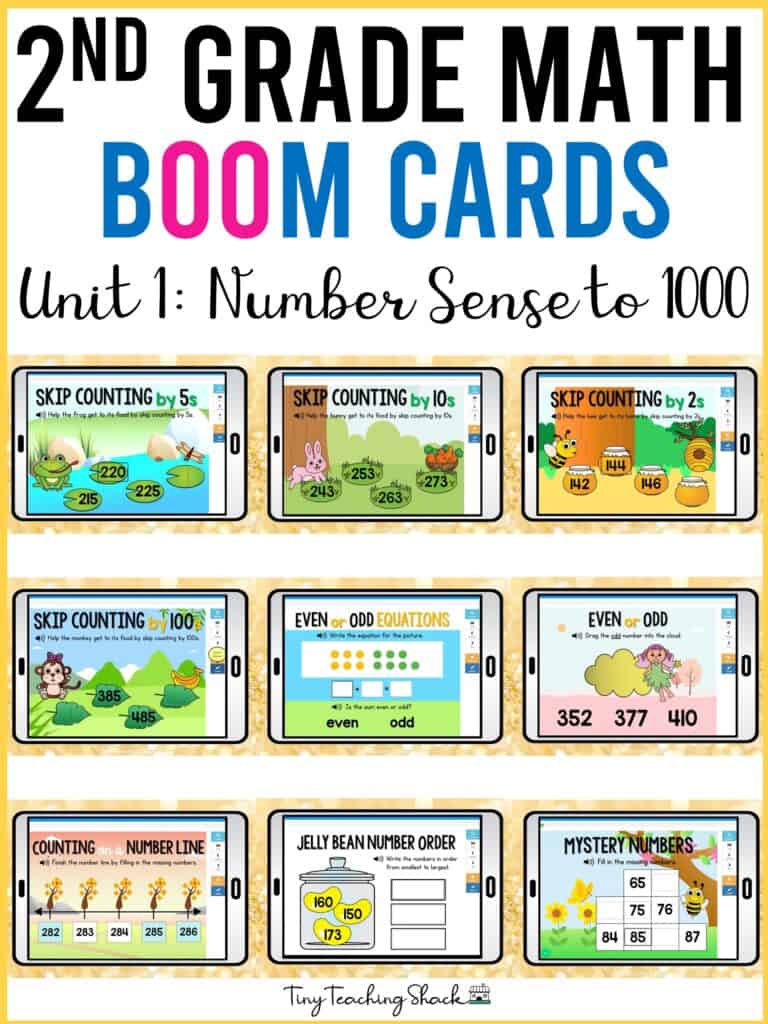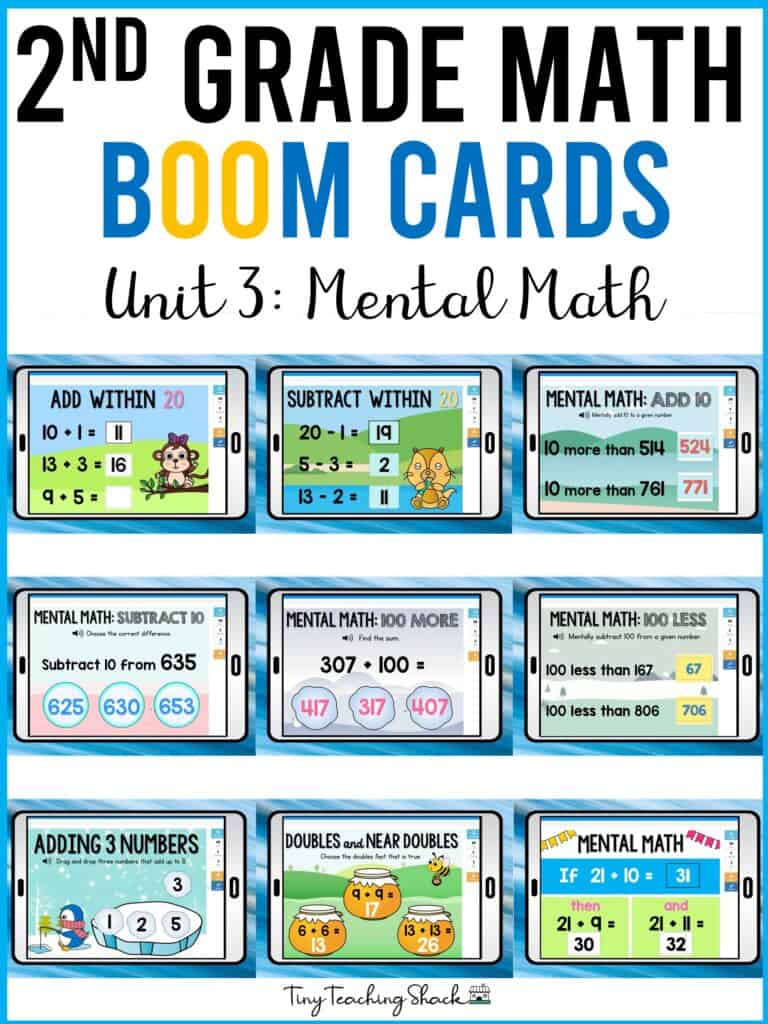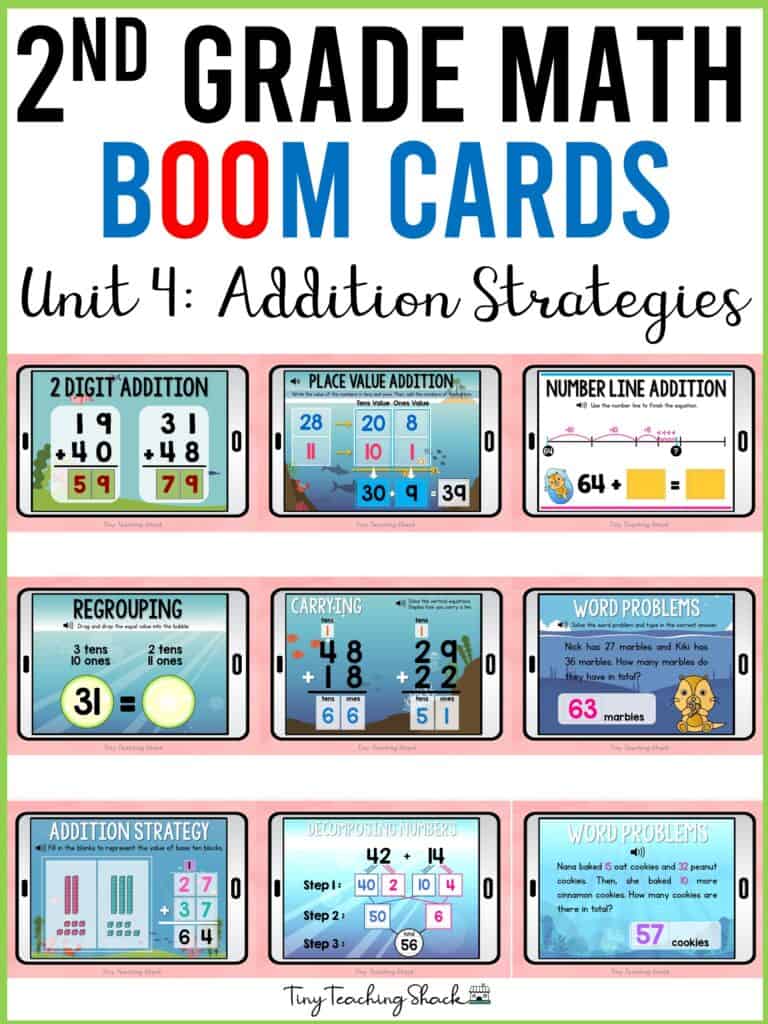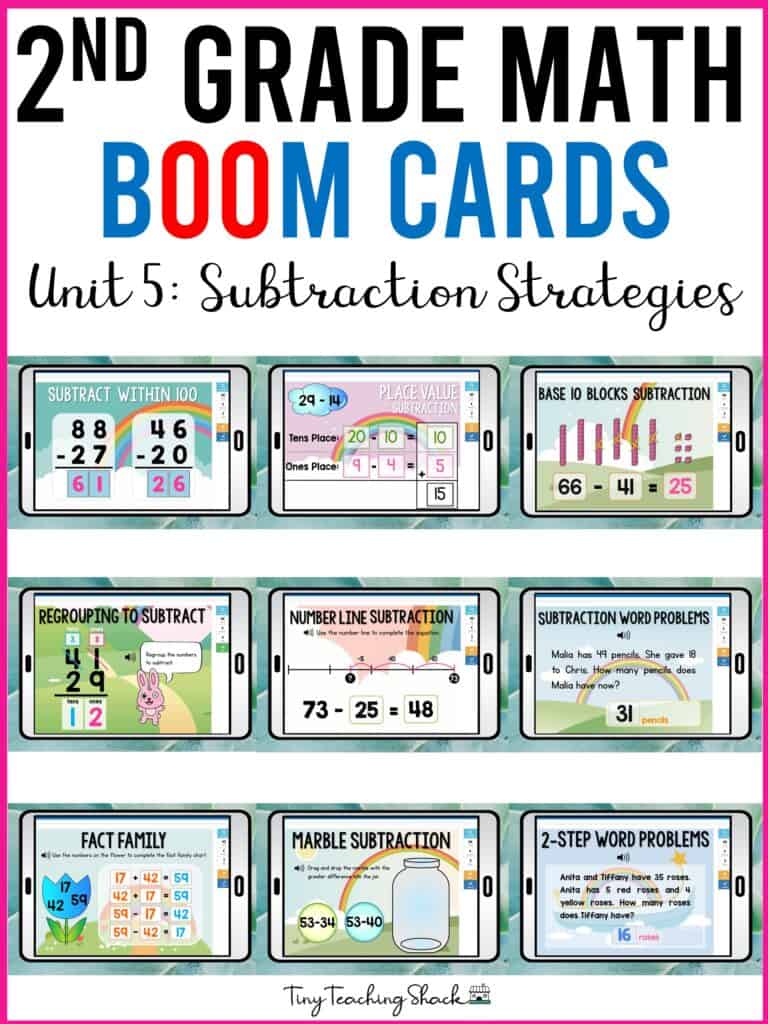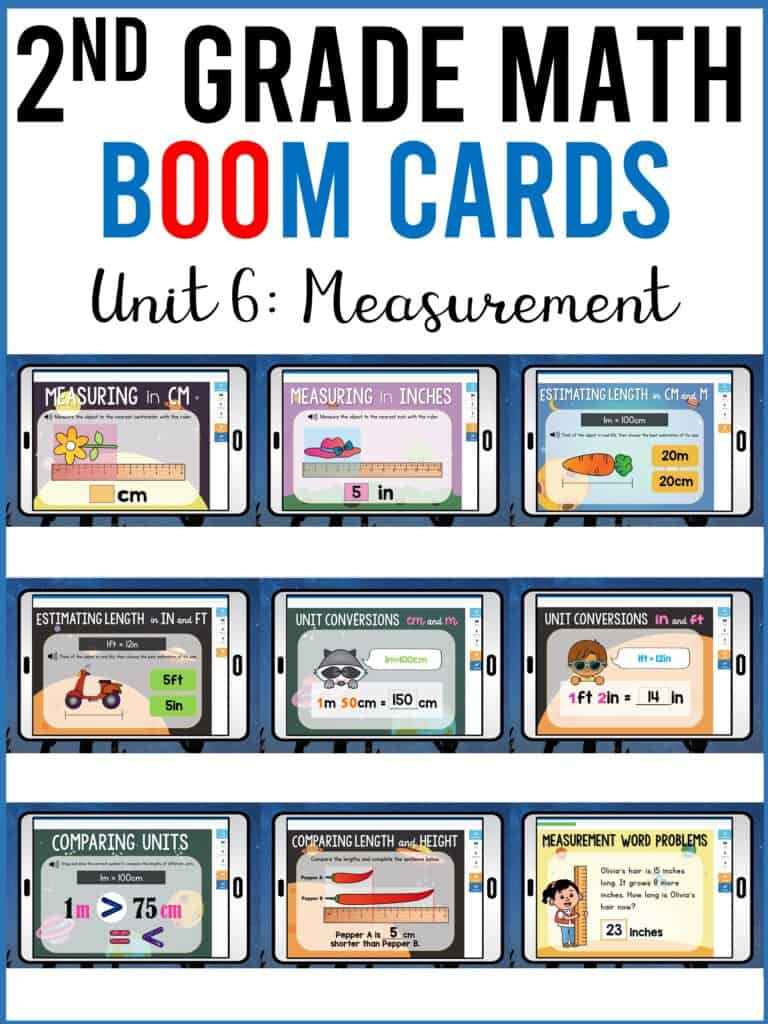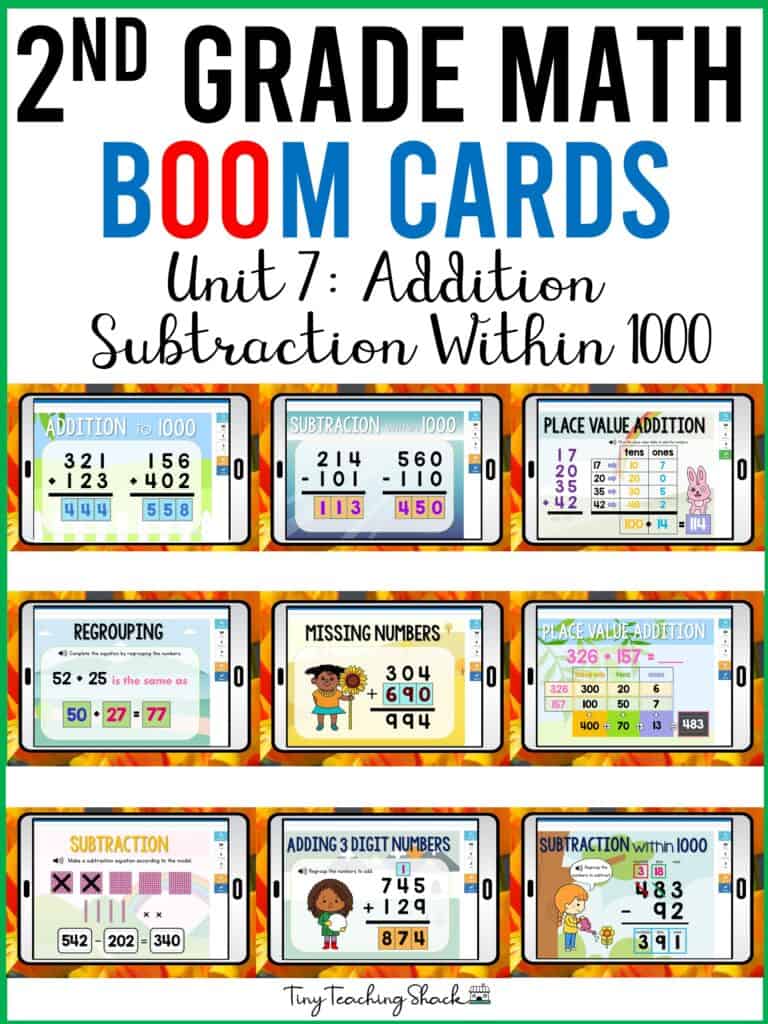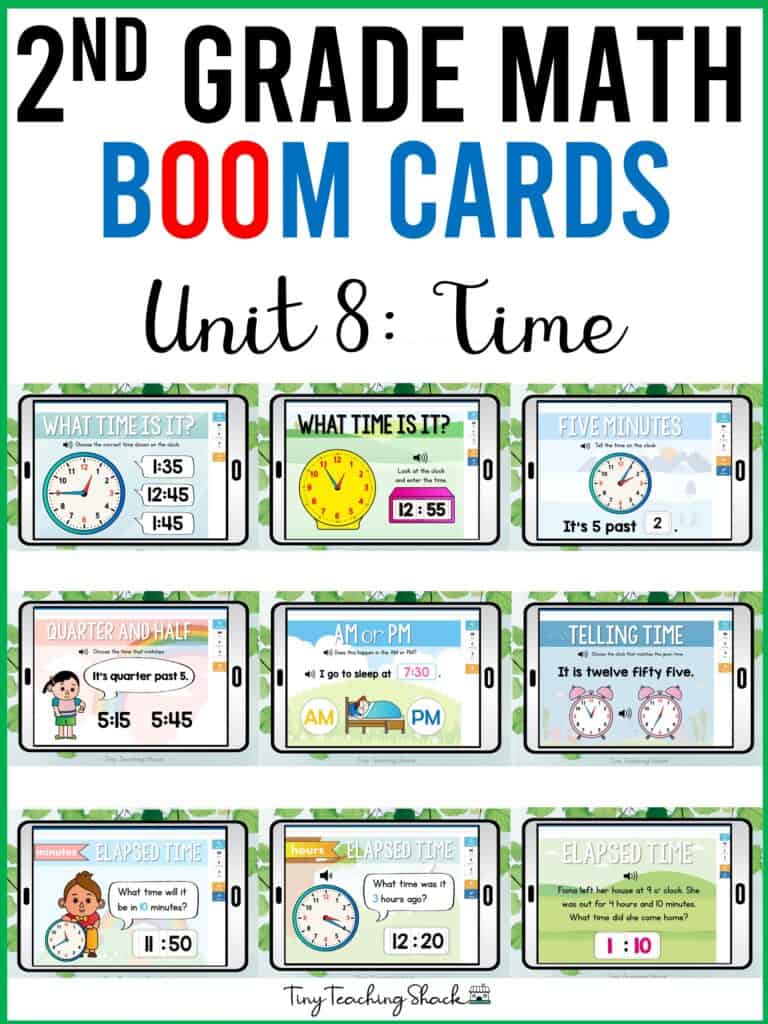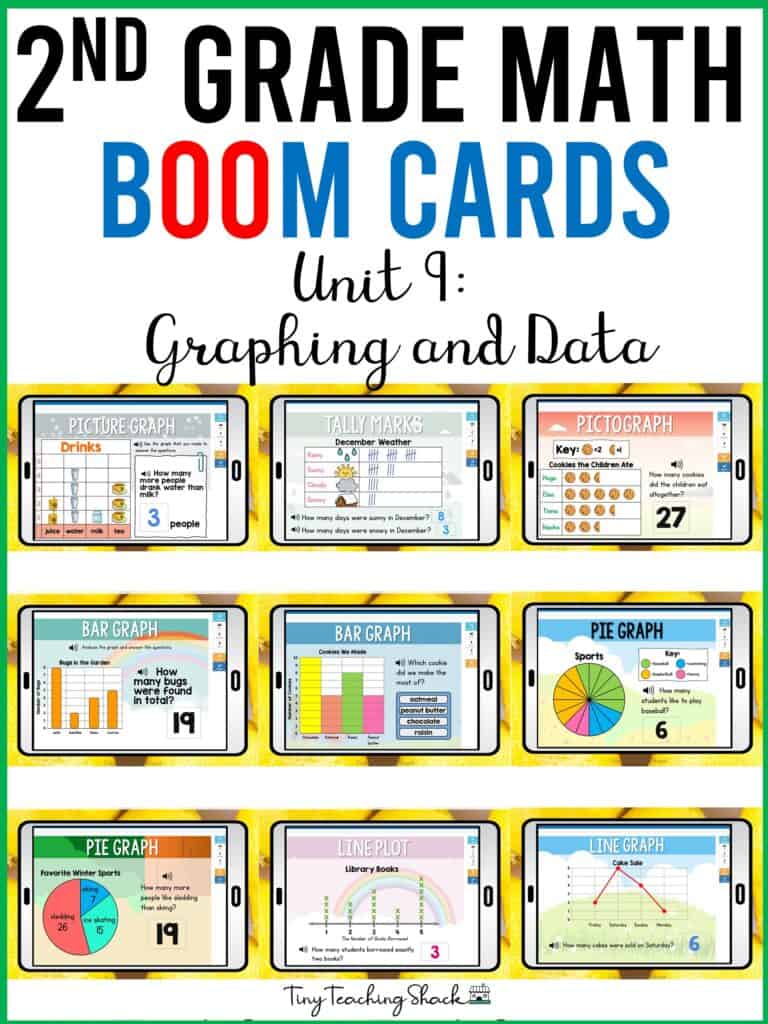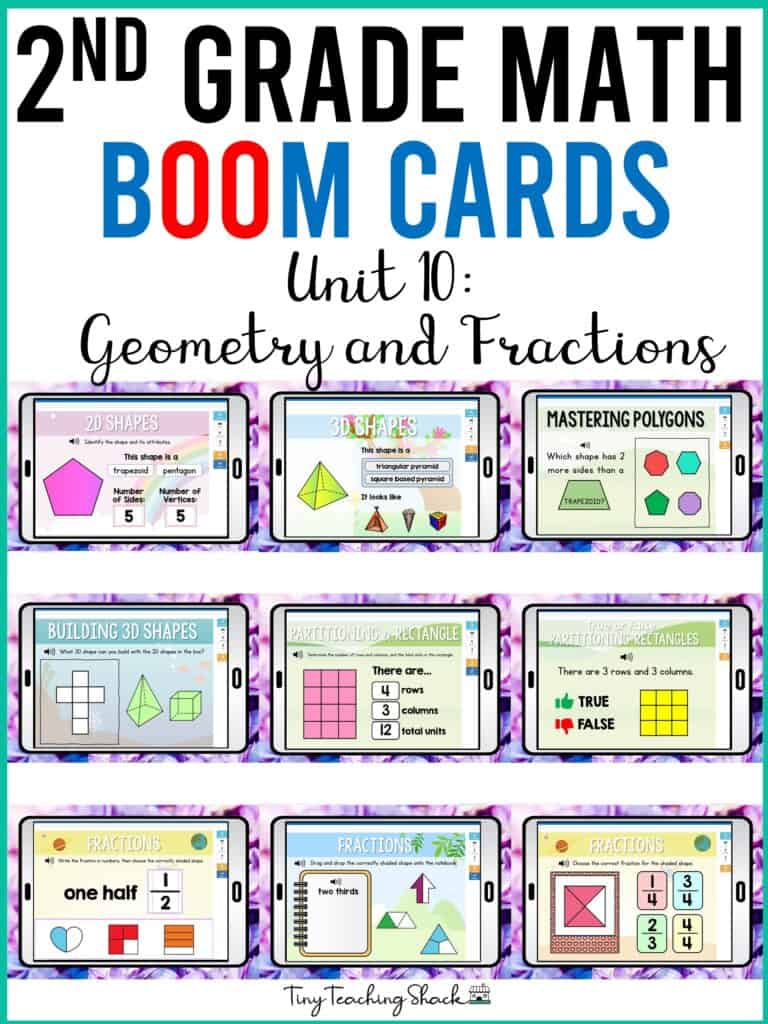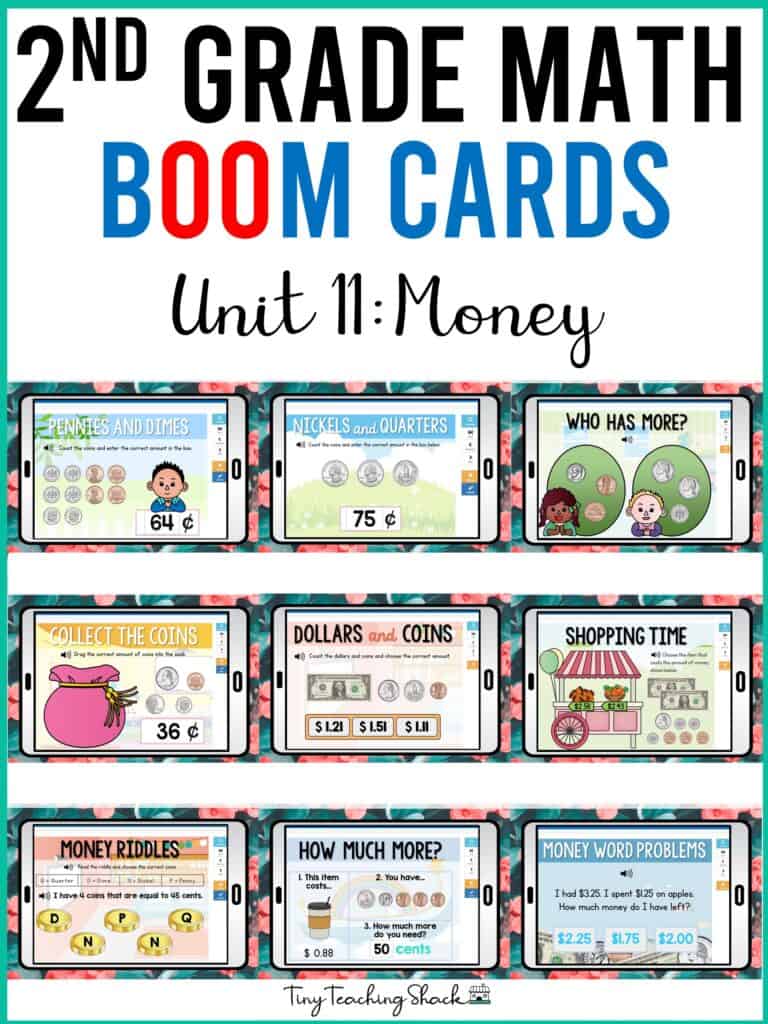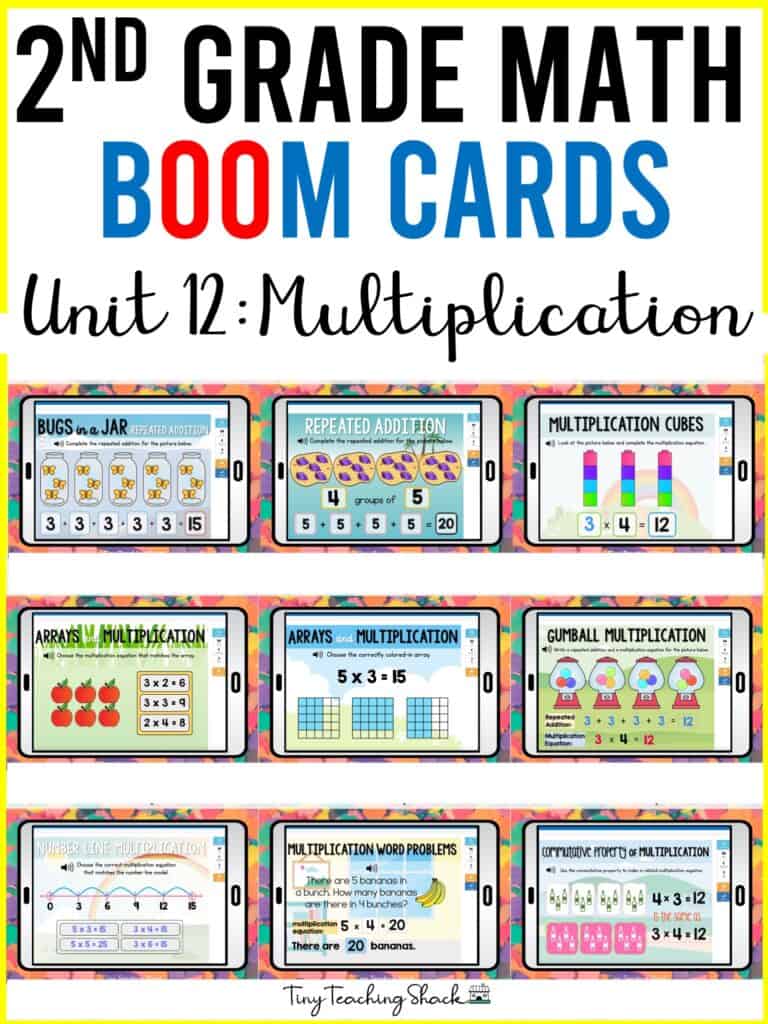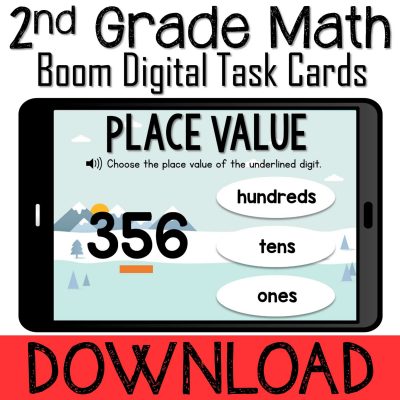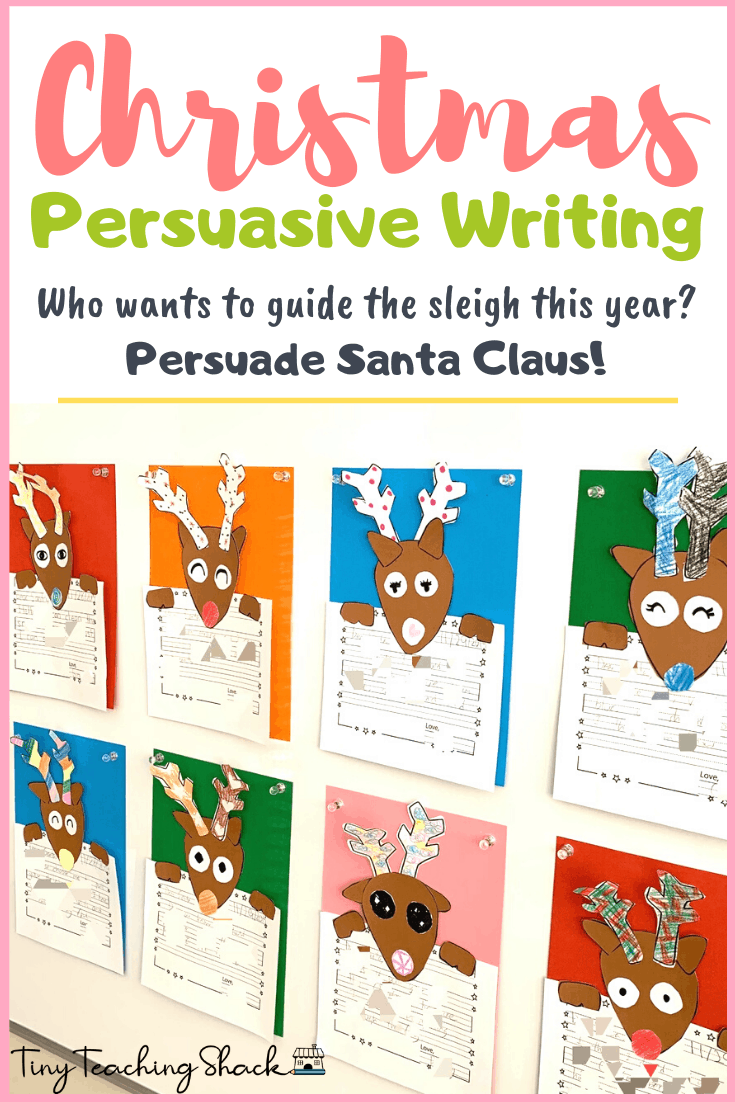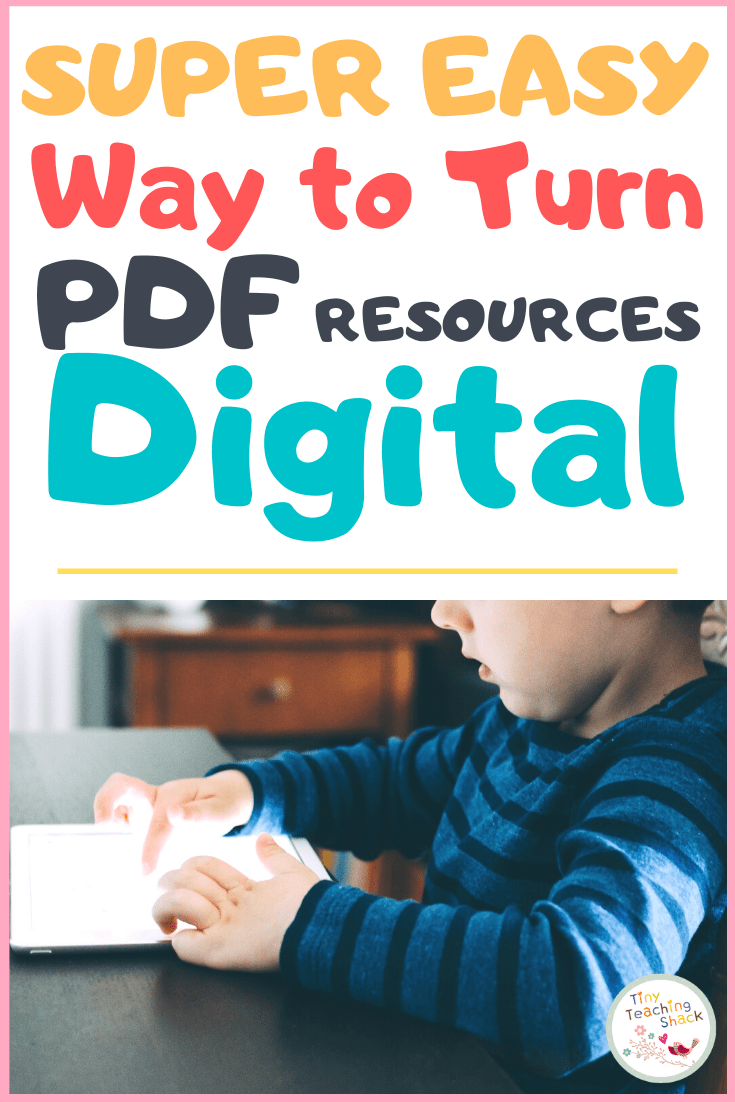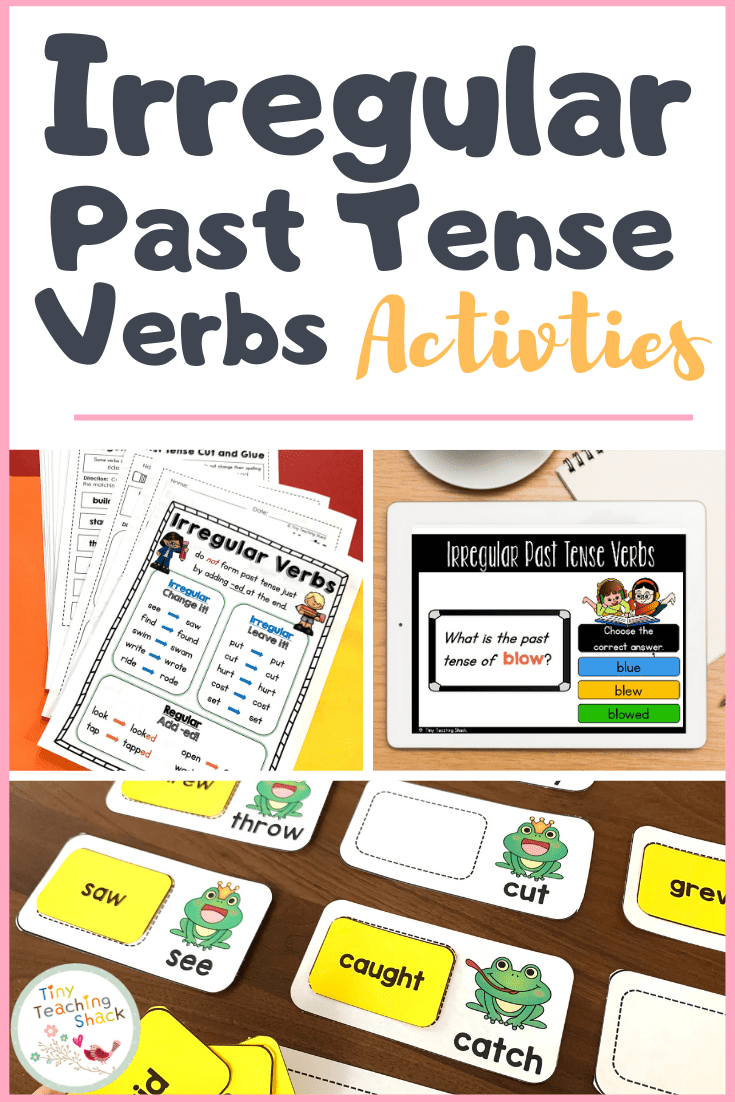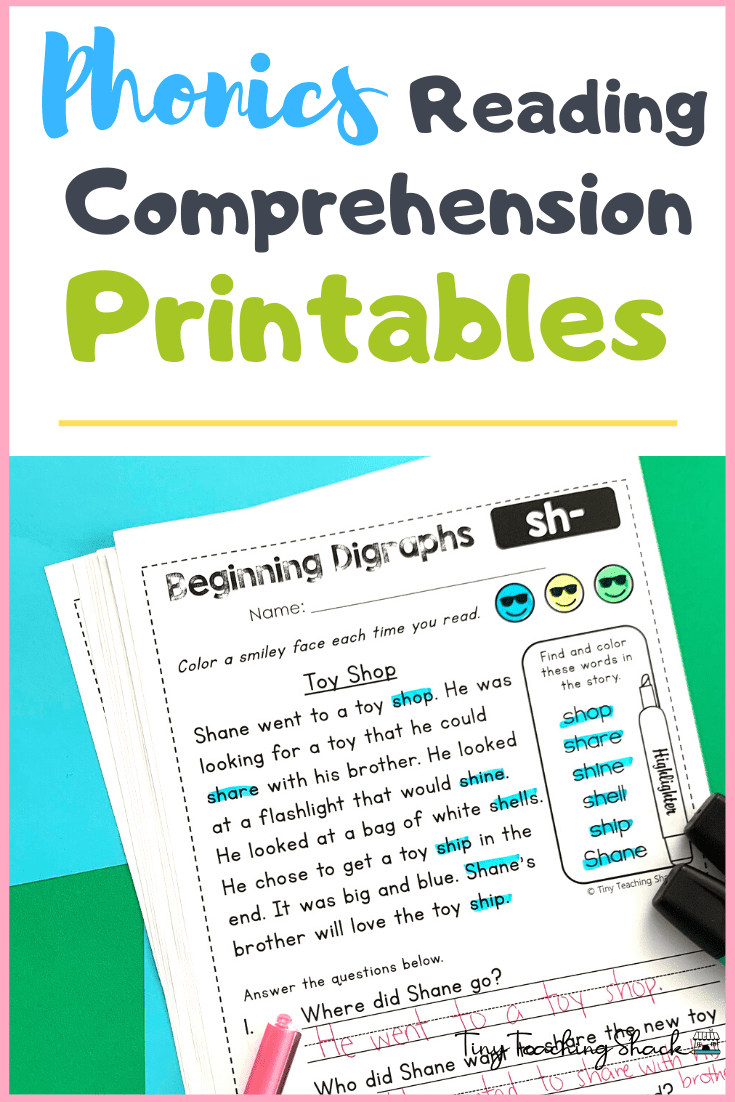When I last blogged about my First Grade Math Boom Cards, many people were just beginning to discover the incredible Boom Learning platform, which made many teachers’ lives so much easier. Assigning, asssessing, and differentiating became a breeze, and the fact that everything could be done online was probably the reason why there was such a big push considering the current circumstances.
Well, my Second Grade Math Boom Cards are on their way! I have meticulously planned them to cover a wide range of topics that hit the Second Grade Common Core standards and more. They are divided into 12 units which can be played throughout the year, so scroll down and see exactly what is included in each unit.
What is included?
Second Grade Math Boom Cards
Unit 6: Measurement:
Common Core Standards:
- 2.MD.A.1
- 2.MD.A.2
- 2.MD.A.3
- 2.MD.A.4
- 2.MD.B.5
Unit 8: Time
Common Core Standards:
- 2.MD.C.7
Students will solve real life word problems and determine how much time has elapsed, and determine if daily events take place at AM or PM.
Unit 10: Geometry and Fractions
Common Core Standards:
- 2.G.A.1
- 2.G.A.2
- 2.G.A.3
Students will recognize 2D and 3D shapes and their attributes. Students will partition a rectangle into rows and columns and count the total number of units. Students will partition shapes into equal shares and describe the shares in fraction words.
Unit 12: Multiplication
Common Core Standards:
- 2.OA.C.4
Students will practice the concept of multiplication by creating repeated addition and multiplication equations. Students will further practice identifying arrays, picture models, and number lines to determine the multiplication equations. Finally, they will understand the use of commutative property and use the knowledge they’ve learned to solve word problems.
Why should I try Boom Cards?
- It’s interactive and fun.
- It’s no-prep.
- It’s paperless. (Happy Earth!)
- It’s self-checking. (Yes! Kids will get immediate feedback.)
- No more grading! (You will get detailed reports so it’ll be super easy to monitor your students’ progress.)
- It’s easy to access.
- You can utilize it using many different devices.
Do you want to try FREE Boom cards?
Do you want to try my FREE Place Value Boom Cards? Just click here or the picture above and play with your students!
It is free to sign up on Boom Learning, and you can pay a small fee if you’d like to have a virtual classroom where you can progress monitor your students. Trust me, differentiation and assessment will become a thousand times easier. Students will have fun learning, and all of the data will be at your fingertips. If you are new and you want to learn more about it, watch the videos below! 🙂

